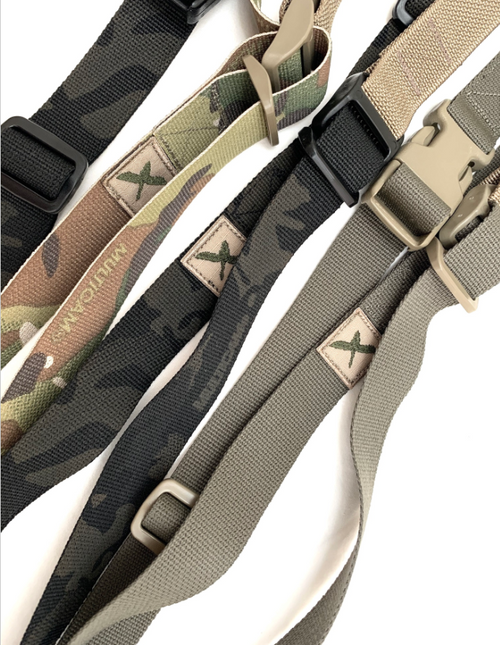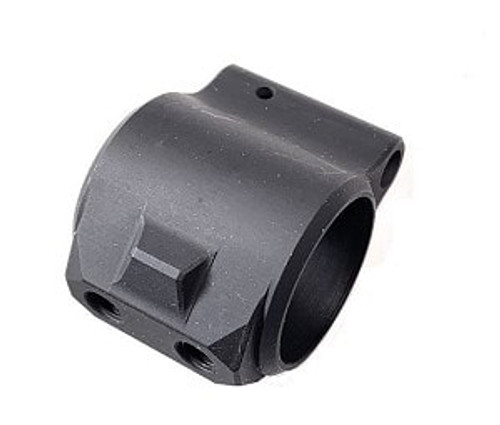We're not into sacrificing reliability for the sake of light weight, and we view cosmetic changes as anything but fashion that have no place on a combat/duty/defense rifle.
The S in SBCG stands for Secure Staking, Slick Side. SBCG carrier has a series of serrations or dimples to aid in closing an out of battery bolt on upper receivers without a forward assist. The carrier still has forward assist pawl notches, and so is compatible with forward assist equipped uppers.
Removal torque spec is 55-100 in-lb
Testing consistently found removal torque of YFS screws averaging around 76 in-lb, with the OCKS consistently at 132 in-lb.
Since we're so keen on the gas key's staking to ensure its immobility, the question of one piece carrier had come up. It is our opinion that something different isn't always something better. Gas keys can crack, and be dropped and damaged, debris or primer can find its way into the gas key. Our view is based on reality, not a theory, as all of these have happened. A conventional carrier with a separate gas key can simply have its gas key replaced, which is impossible for any one piece carrier.
Each SBCG has its firing pin protrusion checked, gas key torqued and staked, and is individually test fired. SBCG will ship as is, having been slightly lubed and dirtied by the test firing procedure.
* Sprinco 5-Coil Heavy Duty Extractor Spring
* Black Insert
* SBCG carriers are 8620 steel and machined to USGI specifications. The M16/M4 carrier includes a mil-spec gas key. The gas key is heat treated per TDP specifications and NP3 coated. The gas key is secured to the carrier via OCKS (Optimized Carrier Key Screws), torqued to spec values, and properly staked.
* Each carrier assembly is treated with a durable Nickel/PTFE plating which creates a permanently lubricious surface which reduces the need for lubrication.
Note that we do advocate proper lubrication between any two moving parts. NP3 coating notwithstanding, it is advised to apply lubrication on key areas of the carrier, bolt, and charging handle, and inside the upper receiver.
RE: NP3 coating, we've been asked to coat SBCGs in nitride or NIB. While our pre-production SBCGs (all 40 of them) were NiB coated, there will not be a production SBCG with NIB.
NP3 has a coefficient of friction as low as .07-.1 according to test standards LFW-1 and ASTM D-2714. Nickel Boron has a coefficient of friction as low as .08-.2. NP3 has PTFE also known as Teflon® co-deposited in the nickel matrix. As wear occurs, new PTFE particles are exposed and the self lubricating properties continue. Nickel boron has a surface with many high points. Because the high points make all the contact, there is less surface area for friction to occur. The problem with this is once the high points wear down the coefficient of friction increases due to more surface area being contacted. With no self lubricating particles like Teflon® in the Nickel Boron matrix, there is no additional lubrication after the contact points are worn. The bottom line is that if you see wear on Nickel Boron, it has lost its “Self Lubricating” properties at that spot.
NOTE:
* 2019 and later production SBCGs no longer has NP3 coated extractors.
* SOTAR cam pin is standard from December, 2019 production. For more info on the SOTAR cam pin, please visit this page: https://www.forwardcontrolsdesign.com/SCP-SOTAR-Cam-Pin_p_206.html
* The time it takes to assemble, QC, testing (including test firing) SBCGs means we simply don't have time to do that many of them a year, SBCGs will be a constrained item as long as we uphold the standards we impose on them, we have no plans to relax our QC standards.
Made in USA.








